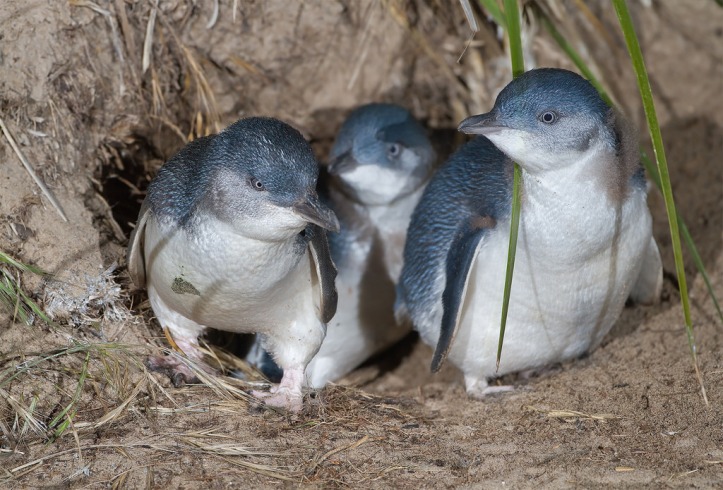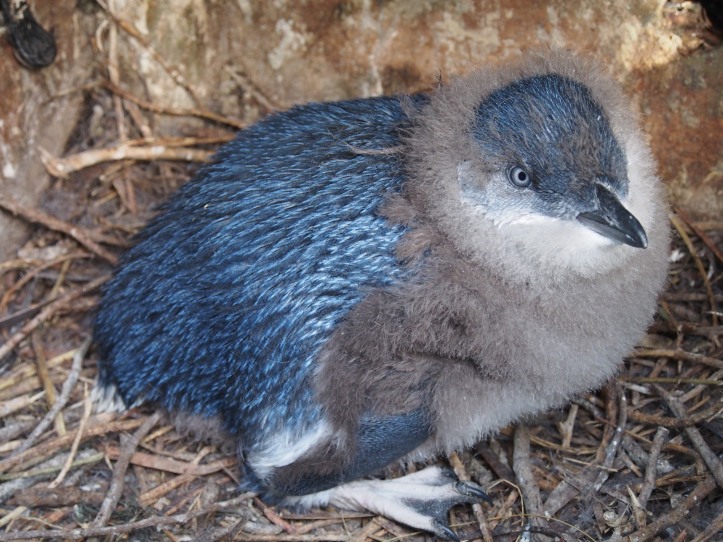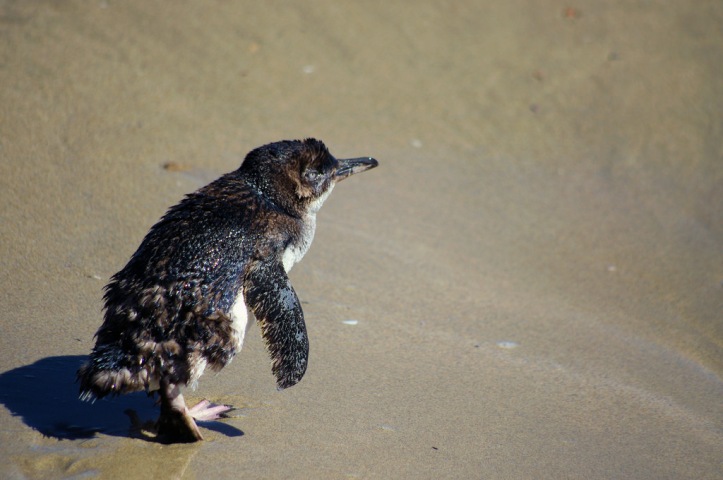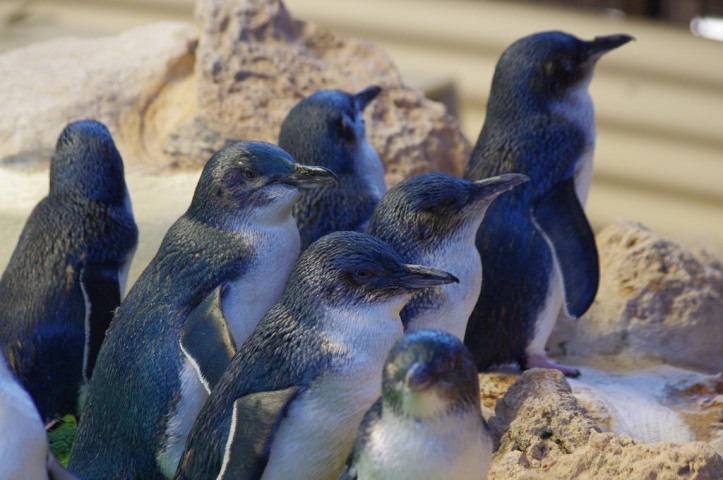Evading leopard seals, fighting off the freezing cold and starving for food – if you’ve watched March of the Penguins or seen Dave Att’s Frozen Planet, then you’re probably well schooled in the threats that many penguins face just existing in their harsh Antarctic conditions.
Not all penguins live in the cold though – some live in Australia. And for the colonies of little penguins (Eudyptula minor) found near Perth, Western Australia, none of the above are the most common cause of death.
Something else entirely is killing over 25% of these little penguins.

Dr. Belinda Cannell and her team endured 159 little penguin autopsies and discovered that for Perth’s little penguins, their most prevalent killer was human activity – particularly boat strikes.
These penguins showed slashes from propellers or the skegs of windsurfers, confirming the trauma was human induced and not from the penguins’ local predators of sea lions and sharks.

In total, the researchers identified 11 different causes of death in the penguins, with some of the more uncommon cases being intoxication (one penguin was believed to have eaten a toxic weeping toadfish) and hyperthermia, with nine penguins actually dying from over-heating.
This came after a set of super hot days (over 35°C, or 95F) during the penguins’ moult. During this time their feathers aren’t waterproof, preventing them from entering the water to cool down.
However, these somewhat stranger deaths still aren’t as baffling as the fact that most of Perth’s little penguins die as a result of human water sports. As Dr. Cannell said “We have a choice of where and how we recreate, but the penguins have to feed close to their colony to survive”.

The little penguins, also called fairy and blue penguins, are the only penguins to breed on mainland Australia.
Just south of Perth there are two colonies, one on the appropriately named Penguin Island and another on Garden Island, with penguins from each colony often foraging in Cockburn Sound – one of the busiest bays in Western Australia.
They’re incredibly gutsy birds, who fiercely defend their chicks and themselves. Unfortunately though, they’re no match for the fast flying boats that frequent their coastal feeding grounds.

It’s not all gloomy though! What this research shows is that with proper awareness and tighter management strategies, we do have the ability to significantly reduce the leading killer of these iconic birds.
For me too, this study gave mega appreciation feels for our scientists – who so often go to extraordinary lengths in pursuit of the truth.
Dr. Cannell and her team had to work with some incredibly grim penguin corpses (seriously, like, maggot infestations and severed heads) and sometimes it was even members of the public who helped the team collect them.
Luckily our little penguins are just as tenacious. Hopefully by spreading the word we can encourage positive management strategies and keep these poky little penguins around for years to come.

Got questions? Got stories? Got a lifetime supply of colourful, penguin-themed socks you’d like to gift me? Let me know in the comments below!
 Reference
Reference
Cannell, B. L., Campbell, K., Fitzgerald, L., Lewis, J. A., Baran, I. J., & Stephens, N. S. (2016). Anthropogenic trauma is the most prevalent cause of mortality in Little Penguins, Eudyptula minor, in Perth, Western Australia. Emu, 116(1), 52-61.